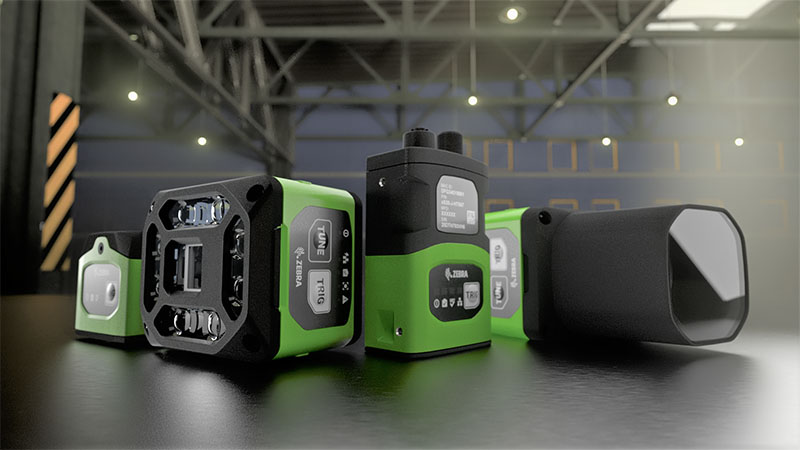A novel approach to 3D scanning enables robots to see and handle objects in motion, opening up a completely new range of logistics applications. The technology outperforms standard 3D machine vision methods by allowing shorter cycle times and higher productivity, efficiency, and throughput.
Imagine a robot equipped with 3D vision that is tasked with handling parcels that are in constant motion. Let’s say they are placed on a moving conveyor belt and when they get within the reach of the robot, it picks them from the conveyor and places them at another location. But there is a catch.
Traditionally, parcels needed to stop moving so that the vision system navigating the robot could scan each one of them in high quality and define their precise position and orientation. This has been a common limitation of all existing 3D sensing technologies for scanning large work areas – to acquire high-resolution and high-quality 3D data without motion artifacts, the scanned objects must be static. However, stopping the line prolongs cycle times and compromises productivity.
So, the question becomes how can you automate applications that involve robotic handling of moving objects without stopping the line for each scan acquisition? How do you get high-quality 3D scans for precise robot navigation and, at the same time, fast operation speed with short cycle times and no interruption?
A game-changing approach to 3D scanning has been recently introduced by Photoneo, which launches a new era of automation to transform logistics, e-Commerce, warehousing, and many other sectors. What does this novel technology enable and what types of new robotic applications does it open up?
Capturing objects in motion
The novel approach uses the patented technology of Parallel Structured Light, which looks at 3D scanning from a completely different perspective than conventional 3D sensing methods. So, how exactly does it differ from traditional approaches and how can it benefit your applications?
The Parallel Structured Light implemented in the 3D camera MotionCam-3D is the only technology that enables 3D area scanning of moving objects in high resolution and accuracy. In concrete numbers, the technology enables the capture of objects moving up to 144km/h, providing a resolution of 0.9Mpx and an accuracy of 0.300-1.250mm, depending on the camera model. When switched to a mode for static scenes, the technology provides a resolution of 2Mpx and an accuracy of 0.150-0.900mm.
Traditional popular methods cannot do this. Time-of-flight systems, for instance, can capture fast-moving objects but their resolution is fairly poor. Or, if we take structured light systems, we can get great resolution but the scanned scene needs to be static at the moment of scan acquisition, otherwise the result will be distorted. These limitations take us back to the problem outlined in the beginning of this article.
The Parallel Structured Light technology shakes up automation in logistics and other sectors by enabling new applications that involve the aspect of motion.
The ability to scan objects in motion hugely impacts the whole sector of order fulfilment. For instance, parcels prepared for shipment that are placed on a moving conveyor belt can be scanned in motion, picked, and sorted by a robot according to specific criteria, such as the delivery company, without interrupting the flow for each scan acquisition.
Similarly, an overhead conveyor does not need to be stopped for a robot to recognise and pick items hanging on it, in contrast to standard applications with a robot or human operator using a lifting manipulator arm. The Parallel Structured Light enables the scanning of objects that are moving, swinging, or slightly rotating, providing a continuous stream of high-quality 3D data, all while in motion.
Other applications include palletisation – picking parcels or boxes from a moving carrier and placing them onto pallets, and the converse process of depalletisation – picking objects from pallets and placing them onto a conveyor belt, for instance.
Consistent 3D scanning in rapid motion can also greatly benefit logistics applications that require dimensioning, i.e. the measurement of boxes moving on a carrier, their volume measurement for void filling, bounding box estimation, or counting.
Logistics companies can no longer scale or stay competitive without automation. Technological innovation and advancements are serving up new solutions that are constantly pushing the limits of the feasible. Machine vision empowering vision-guided robotics is an incontrovertible proof of this trend – with the novel Parallel Structured Light approach to 3D scanning, automation gets a new meaning that reshapes logistics and all other sectors that make use of automation.
CLICK HERE to watch the video.











